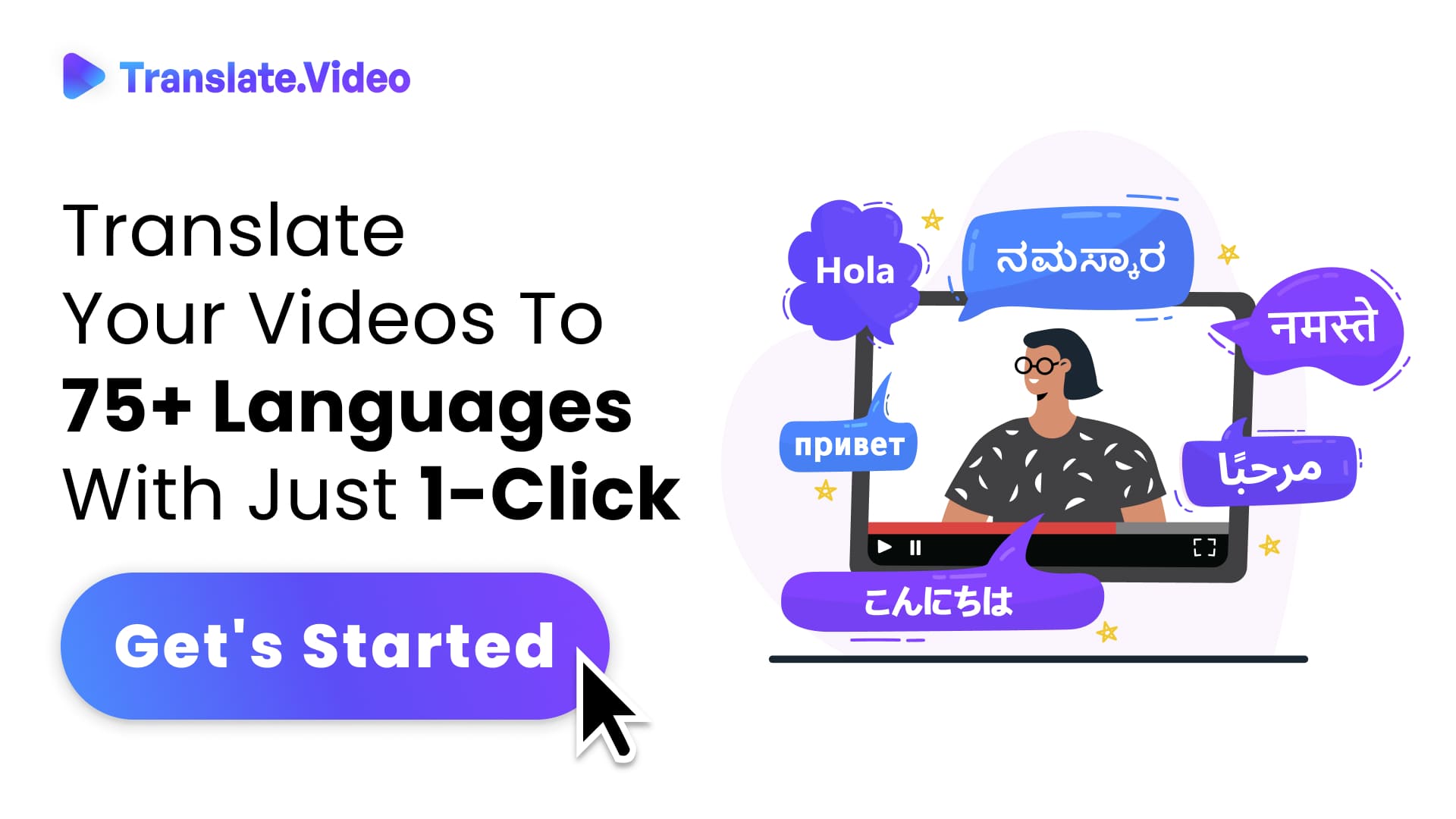Lost in Translation? Dubbing Pros and Cons
Dub or Not to Dub? The Global Language of Cinema

I've always been a cinephile, a lover of international cinema. And one thing that's always intrigued me is how different cultures translate and adapt content. Enter the world of dubbing—a process with as many advocates as critics. Is something lost in translation, or is this just another way of storytelling?
Introduction
We live in an age of globalization where our entertainment isn't bound by language or borders. As a movie buff, I've often marveled at the magic of cinema that transcends linguistic barriers. But how exactly do we get to enjoy a Japanese anime or a Spanish thriller in our own language? The answer lies in the art and science of dubbing.
Dubbing, at its core, is the process of replacing the original voice track with a new one in a different language. This ensures audiences around the world can access content in a language they're comfortable with. But, like every coin, dubbing has two sides. Let's embark on this exploration, shall we?
What is Dubbing?
Dubbing, in the realm of movies and television, is a post-production process. Here, voice actors replace the original dialogue, bringing forth a performance that syncs perfectly with the on-screen actor's lip movements. This intricate dance of voice and video creates a seamless viewing experience.
A Brief History of Dubbing
The art of dubbing dates back to the early days of cinema when sound became an integral part of films. As international cinema gained traction, the need to make it accessible across language barriers birthed dubbing.
How is Dubbing Done?
A meticulous process, dubbing involves script translation, voice casting, synchronization, and final mixing. Notably, it's crucial that the essence of the original content isn't lost, ensuring a relatable narrative for the audience.
Pros of Dubbing
1. Accessibility: Dubbing opens doors for non-native speakers to delve into world cinema without linguistic limitations.
2. Cultural Adaptation: Dubbed content can include local references, making it relatable for a specific audience.
3. Economic Sense: A dubbed movie can appeal to a wider audience, making it commercially viable.
Cons of Dubbing
1. Loss of Originality: Often, the nuances of the original language might be lost in translation.
2. Mismatched Voice: Sometimes, the dubbed voice may not match the actor's on-screen persona.
3. Less Authentic: Purists argue dubbed content loses authenticity, diluting the director's vision.
The Nuances of Dubbing
From subtle cultural references to intonations in speech, dubbing, when done right, can beautifully capture the essence of the story. Remember the joy of watching dubbed classics? That's the magic done right!
The Great Debate: Dubbing vs. Subtitles
While both have their merits, the dub vs. subtitle debate boils down to personal preference. While some viewers prefer hearing dialogues in their language, others opt for the original audio with textual translations at the bottom.
Lost in Translation? Dubbing Pros and Cons
There's no denying that dubbing is a divisive topic. For every person who swears by dubbed content, there's another staunchly against it. As for me? I believe in the power of storytelling, regardless of the medium. Whether dubbed or subtitled, a compelling narrative finds its way to the heart.
Conclusion
Dubbing, like any other form of art, has its merits and demerits. While it might seem that certain emotions or cultural nuances are "lost in translation," the accessibility and relatability it brings to the table are undeniable. As viewers, we have the luxury of choice—dubbed, subtitled, or both. Whatever your preference, one thing's for sure: the world of cinema is richer and more diverse, thanks to dubbing.
FAQs
1. What is dubbing?
Dubbing is a post-production process in the realm of movies and television where the original dialogue is replaced with a new one in a different language, ensuring that the voice matches the on-screen actor's lip movements.
2. How is dubbing different from subtitles?
While dubbing involves replacing the original audio with another language, subtitles provide textual translations of dialogues at the bottom of the screen, allowing viewers to read along while listening to the original audio.
3. Why is dubbing important?
Dubbing allows content to be accessible to non-native speakers, making international cinema and shows available to a wider audience without language barriers.
4. Are there any challenges with dubbing?
Yes, dubbing can sometimes lead to a loss of originality, mismatched voices, and can be seen as less authentic compared to the original version.
5. Which is better: dubbing or subtitles?
It's a matter of personal preference. Some viewers find dubbed content more immersive, while others prefer the authenticity of the original audio with subtitles.
6. Can dubbing include cultural adaptations?
Absolutely! Dubbing can include local references or phrases, making content more relatable for a specific audience.
7. How do voice actors match the lip movements during dubbing?
Voice actors work meticulously, often rehearsing multiple times and using advanced software to ensure that the dubbed voice aligns perfectly with the on-screen actor's lip movements.
8. Is there a risk of content being 'lost in translation' during dubbing?
There can be instances where certain nuances or emotions from the original language might not be captured perfectly in the dubbed version. However, professional dubbing aims to minimize this.
9. Why do some people prefer original content over dubbed versions?
Purists often argue that dubbed content can dilute the director's original vision, leading to a preference for the original audio, even if it's in a language they don't understand.
10. Does dubbing make economic sense for producers?
Yes, by appealing to a wider, international audience, dubbed movies and shows can often achieve higher commercial success.
Trending Tags
Trending Blogs
What are you waiting for?
Your Dubbing, Subtitles, Captions in one place
Signup free!
